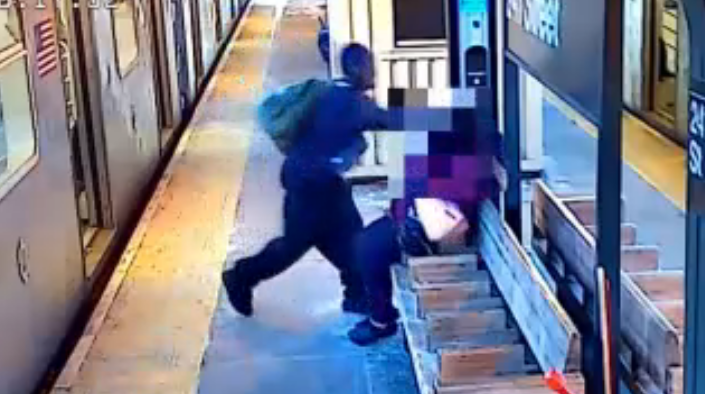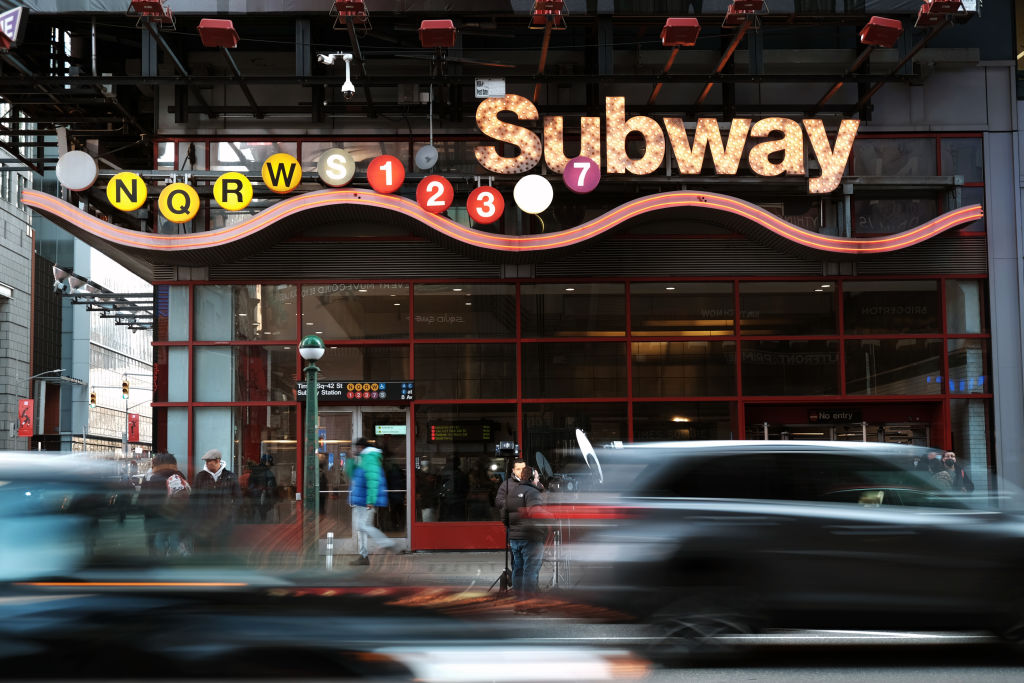Mayor Eric Adams is promising to tackle the spike in subway crime with an emphasis on repairing what he calls the city's broken mental health system — but it's too early to know whether his new subway safety plan is getting people the mental health treatment they need.
Two months on the job, and almost two weeks into his subway safety plan, subway crime is going up during the Adams administration.
"We got to get it right. Two months in, we're executing our plan. We're going to defeat crime," he said Friday.
But so far, the city has been short on specifics regarding how many mentally ill people engaged by the new outreach teams on trains are actually getting mental health treatment as a result.
At the Bronx subway station where repeat offender Frank Abrokwa is accused of smearing feces on a woman, there's fear about the fact that he was released after cursing at the judge, only to post additional threats online.
Get Tri-state area news delivered to your inbox. Sign up for NBC New York's News Headlines newsletter.
Despite erratic behavior — and facing charges in three boroughs — Abrokwa was never referred by any court for a mental health evaluation. According to sources in the district attorneys' offices, the mayor insists mental health treatment is a necessary component of combatting subway crime.
"If someone is in distress, we can't leave them on the train," the mayor said.
There are currently six newly created subway outreach teams operating per shift on trains, according to city sources. These are separate from the nonprofit Bowery Residents Committee (BRC) teams, which are already under city contract to do outreach on platforms, and from the New York State SOS teams, which are ramping up efforts. There are also NYC "end of the line" teams, which is where much of the actual engagement after people are ejected from trains.
The city says so far in week one of their new subway safety plan, more than 18,000 station inspections have been conducted. More than 450 people have been ejected from trains, while 22 have been coaxed into relocated to shelters.
What is unclear is how many got mental health help. Many homeless and mentally ill people refuse treatment when it's offered. What happens to the others who are forced off the trains by police is also unclear, as they could be forced to deal with the cold outside instead.
Between the new teams and the exiting BRC and state SOS teams, there have been an average of 500 engagements every night, city sources said, and about 60 people placed into shelters. However, that may not reflect separate individuals, as sometimes people will go into shelters and then come back to the subways, and get counted twice.
The state Health Department told NBC New York that during the month of February, its workers had more than 2,200 contacts on the subways and brought 10 people to hospitals for mental and behavioral health assessments.
It comes as New York Gov. Kathy Hochul is trying to lower the bar so that seriously mentally ill people can be forced into inpatient treatment, instead of repeatedly being released back onto the streets.



